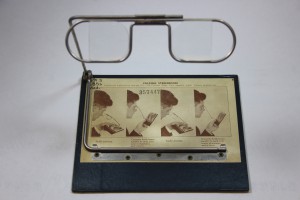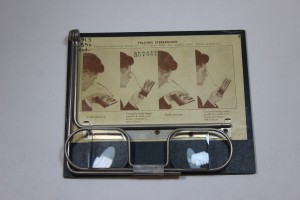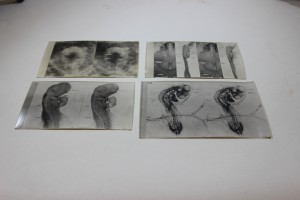Thanks to a conversation with our friend Coffee and Donatus (Twitter, Tumblr) we're kicking off a new occasional series featuring the materials you want to see from our collections. This week's request fits in perfectly with our back-to-school theme this week. It's An English Grammar by George Quackenbos (New York, 1862), from the Historic Textbook Collection.
@MUSpecColl It's hard to choose, but how about your first edition of Quackenbos' An English Grammar? http://t.co/0G7RZGgL7O
— Coffee & Donatus (@CoffeeDonatus) August 14, 2014
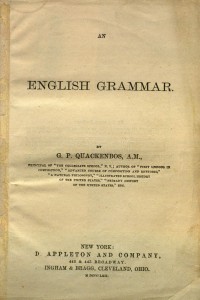
Quackenbos was born in New York in 1826 and became a well-known educator and author of textbooks. When he died in 1881, his obituary in the New York Times stated,
"There are few English-speaking schools in the United States where the name of Quackenbos is not familiar, for during his studious and busy life the deceased published a great many series of text-books of elementary histories, grammars, arithmetics, rhetoric, and natural philosophy. His later publications were regarded as occupying the very first rank among educational text-books. … He was an enthusiast in educational matters, and it was the aim of his life to simplify and improve the prevailing methods of instruction." (New York Times 26 Jul 1881, pg. 5)
An English Grammar is a thorough introduction, starting with a chapter entitled "Letter, Syllables, Words, Sentences" and ending with chapters on rhetoric and prosody. This particular volume once belonged to William Hudson of Hiram, Ohio, who signed his name on the flyleaf. He may also have added the date in pencil: Oct. 11th, 1865. Interesting to us, the book also includes advertisements on the front and back endpapers, which give an idea of the other textbooks in use at the time.
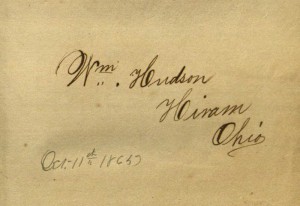
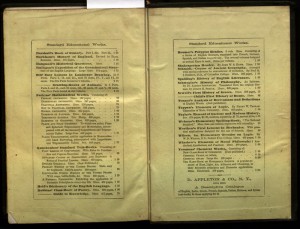
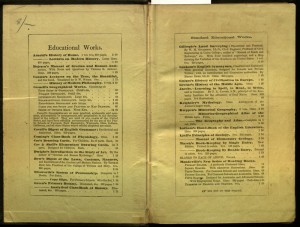
Reading through the textbook, my favorite was the section on interjections. Next time you need to express wonder, exultation, or weariness, why not try some of these?
-
"Hoity-toity! Look at all those students studying in the library!"
-
"Heyday! I found an empty study carrel in the west stacks!"
-
"The library's open until 2am, but heigh-ho! I'm going back to my dorm to sleep."
Try on some rhetorical gestures while you're at it, and you'll really be communicating old school.
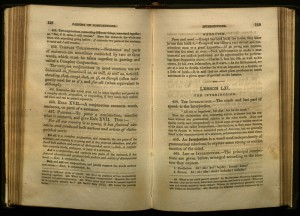
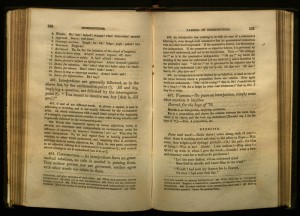
As we mentioned on Twitter, we think of our blogs/social media as an extension of the reading room. Here's a link to the MERLIN catalog. What will you request?













